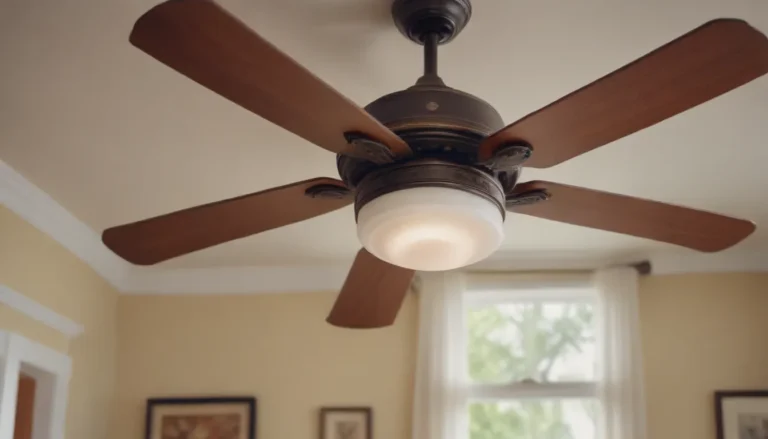Understanding Electrical Wire Color-Coding and Terminal Screws: A Comprehensive Guide

If you’ve ever tried to tackle a DIY electrical project, you’ve probably encountered the world of wire color-coding and terminal screws. While color-coding can be a helpful guide, it’s essential to understand that it’s not always foolproof. This article will delve into the basics of electrical circuits, wire color-coding, and terminal screws to help you navigate the world of electrical wiring effectively and safely.
The Basics of Wire Color-Coding
In a typical electrical circuit, you’ll find a black or red “hot” wire that carries power from the source to the device, a white neutral wire that returns power to the source, and a green or bare copper ground wire that connects the device to the grounding system of your home. Here’s a breakdown of how these wires are typically connected:
- Hot Wire: Usually black or red in color, the hot wire connects to a brass-colored screw terminal or a black wire lead on electrical devices.
- Neutral Wire: White in color, the neutral wire connects to a silver-colored terminal or a white wire lead on devices.
- Ground Wire: Green or bare copper, the ground wire establishes a connection to the grounding system.
It’s important to note that while this is the standard setup, there are exceptions and variations in wiring methods. Never assume the function of a wire based solely on its color.
Decoding Terminal Screws
Understanding the terminals on switches and outlets is crucial for correctly wiring your devices. Let’s take a closer look at how terminal screws are used in different scenarios:
Single-Pole Switches
Single-pole switches feature two terminals and a ground screw. These switches only connect to hot wires, and the terminals are typically interchangeable, making color-coding less critical.
Three-Way Switches
Three-way switches are a bit more complex, with two light-colored traveler terminals, one dark-colored common terminal, and a ground screw. When replacing a three-way switch, ensure the wires are connected to the correct terminals.
Outlets
Outlets, or receptacles, come with two brass-colored screw terminals for hot wires and two silver-colored terminals for neutral wires. The metal connecting tab between terminal pairs can be removed for split-wiring configurations.
White Wires: The Hot Neutral
In some cases, a white wire may serve as a hot wire rather than a neutral wire. This typically occurs in switch legs or switch loops, where a new switch is added to an existing light fixture. To differentiate a white wire used as a hot wire, wrap it with black or red electrical tape at both ends to indicate its purpose.
Lamp Cord Wiring
When dealing with lamp cords, it’s essential to correctly wire the hot and neutral wires to the light socket. The hot wire (smooth insulation) connects to the brass-colored terminal, while the neutral wire (ridged insulation) connects to the silver-colored terminal, preventing potential shock hazards.
Warning
Incorrectly wiring a lamp cord could lead to reversed polarity, energizing the metal sleeve of the light socket and posing a shock hazard. Always ensure proper wiring to prevent dangerous situations.
Conclusion
Understanding wire color-coding and terminal screws is essential for safe and efficient electrical installations. While color-coding provides a useful guide, it’s crucial to follow proper wiring practices and never rely solely on colors to determine wire functions. By mastering the basics of electrical circuits and wiring techniques, you can tackle DIY projects with confidence and stay safe while working with electricity.





